Week 7
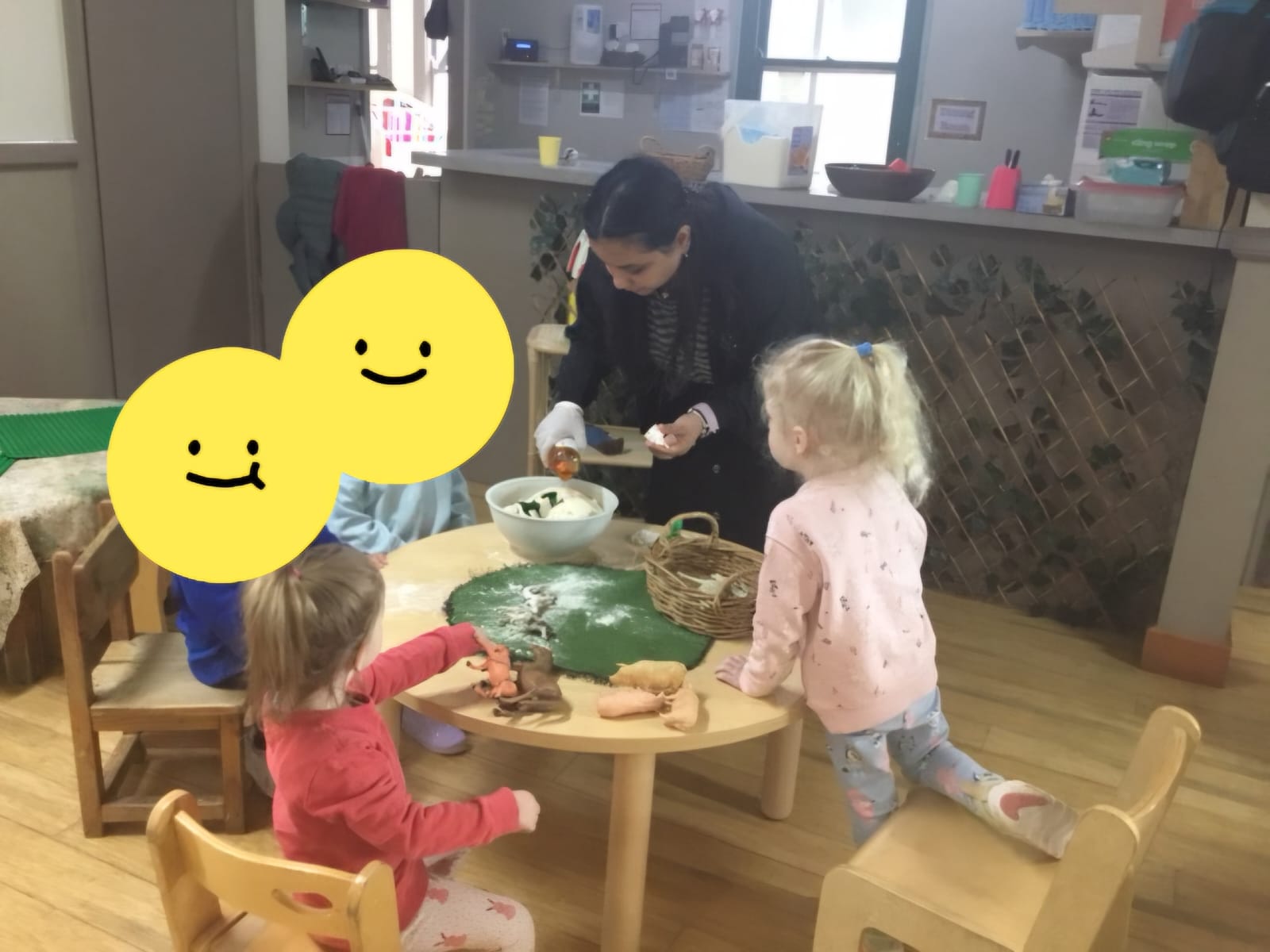

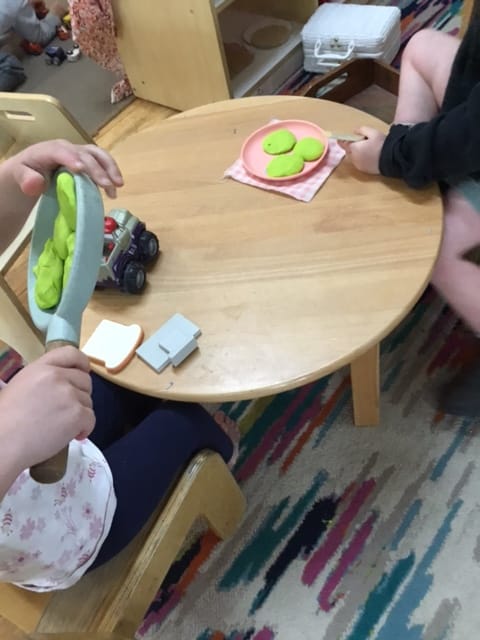
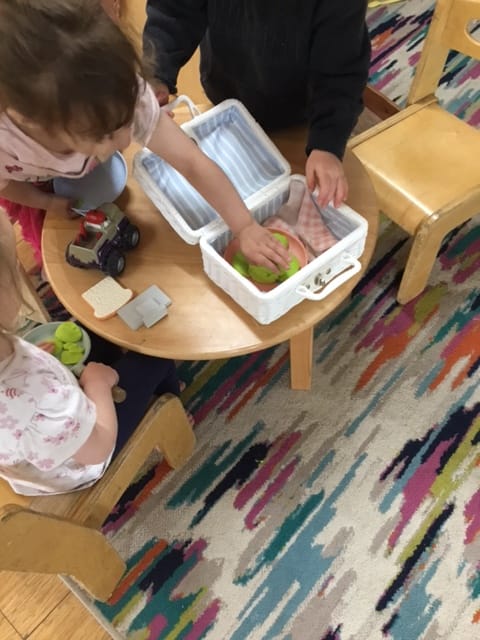
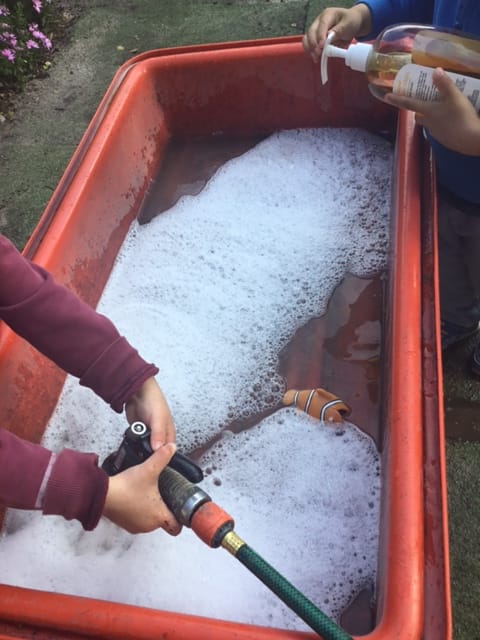
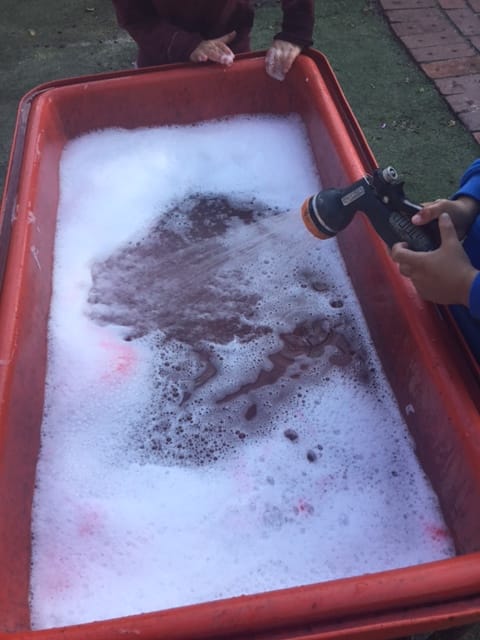
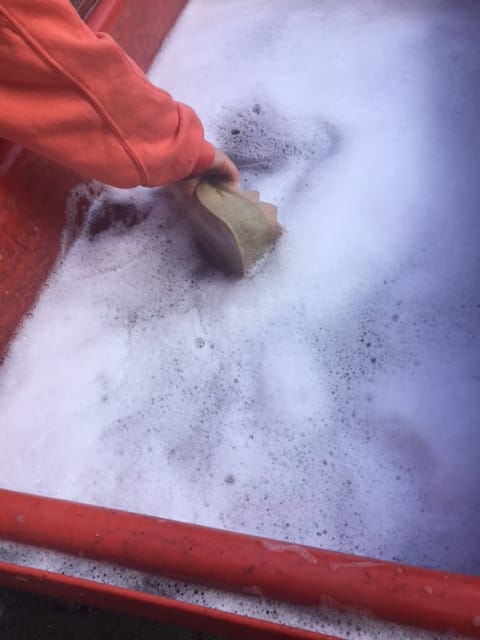
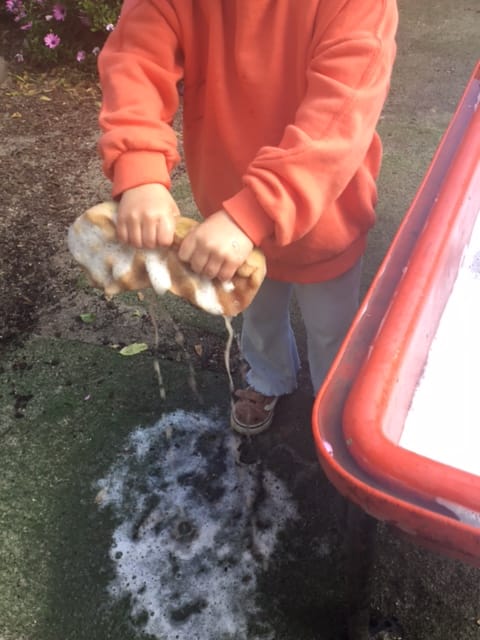
This week, I engaged the children in a hands on playdough making activity that allowed them to nurture their creativity while integrating essential mathematical concepts. I gathered the ingredients and guided the children through the measurements: “Alright, let’s use 3 cups of flour, 1½ cups of salt, 6 teaspoons of cream of tartar, 3 tablespoons of oil, and 3 cups of water.” I encouraged the children to practice counting and measuring, reinforcing their numeracy skills during the playdough making process.
Once the playdough was made, I noticed the children’s imaginations flourish as they extended this experience by creating pancakes in our kitchen corner using their freshly made playdough. This not only enhanced their connection to imaginative play but also related to their real-world experiences, as they mimicked cooking an activity familiar to their environment (AGDE,2022).
To further enrich their learning experience, I introduced coloured playdough along with visual prompts. I encouraged the children to identify and name different colours, thereby enhancing their vocabulary associated with visual stimuli. This transition into questioning the ingredients and colours emphasised a place-based learning approach, connecting back to their immediate environment. As Sobel (2004) indicates, such educational methods promote a sense of place and community, enabling children to feel more connected to the world around them.
This experiential learning aligns with the Australian Professional Standards for Teaching, specifically Standard 3.5, which underscores the importance of effective communication in the classroom to support learning (AITSL,2022). I observed the children exhibiting persistence and enthusiasm while answering questions, showcasing their ability to engage and interpret information, components highlighted in the Early Years Learning Framework (EYLF) V2.0, specifically Learning Outcome 4: Children are confident and involved learners (AGDE,2022).
As the week progressed, I introduced another play-based learning activity focused on enhancing fine motor skills and hand-eye coordination through exploration. I asked the children to select their favourite task, and they expressed a desire to make bubbles. To enhance their learning, I set up the activity in the outdoor area, where we filled a red tub with water. The children decided to add soap to create bubbles, while some chose to add colour to the water. They observed that although the water changed colour, the bubbles remained white, which piqued their curiosity. The children then experimented with adding sponges to absorb both water and bubbles; however, they discovered that only water was observed, not the bubbles.
This experience provided an excellent opportunity for the children to learn scientific concepts related to states of matter and the properties of bubbles. We discussed how bubbles form from soap and water, which creates a thin film that traps air, thus creating the bubble. This hands-on exploration led to conversations about scientific measurement and basic math as the children measured the proportions of water and soap. My approach in this activity can also be linked to Vygotsky’s theory of scaffolding, where in children learn through guided participation with more knowledgeable others (Beloglovsky & Daly,2015). These activities encouraged exploration and discovery, allowing the children to engage deeply with their learning.